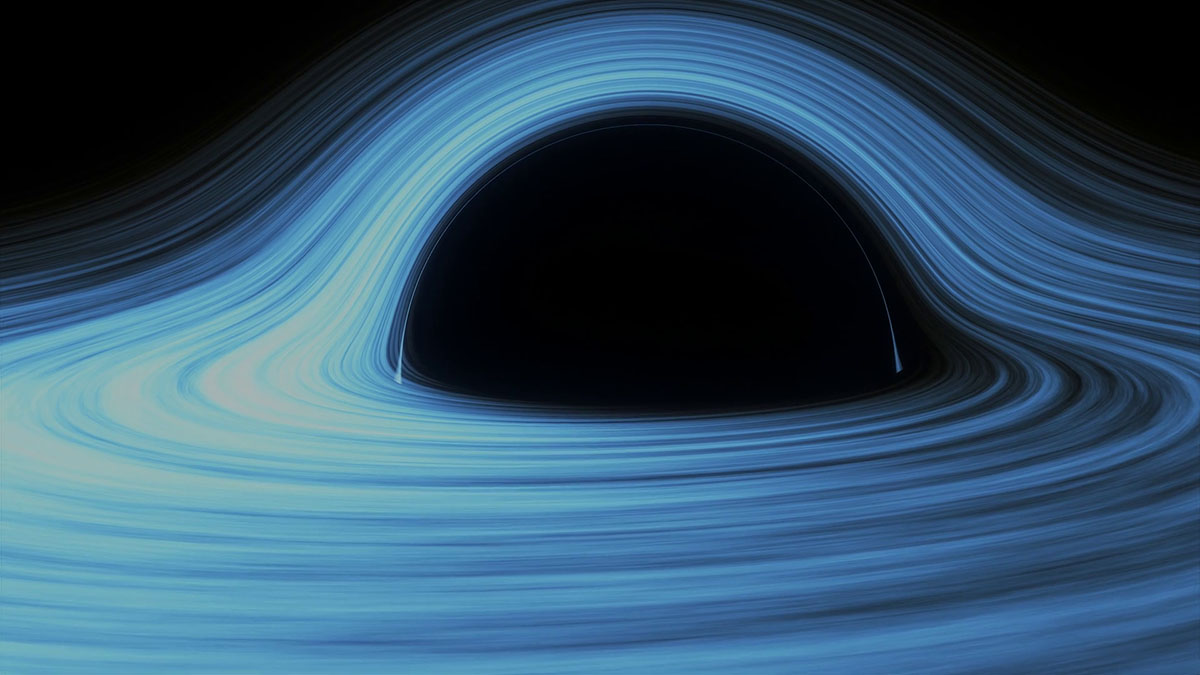the dark monsters who will inherit our universe

Bizarre things are lurking out there in our universe. Titanic beasts born as space and time shatter under more than enough energy to be felt across thousands of light years, beasts with the power to devour stars whole as they whip the very fabric of reality around their gaping maws like their plaything and dictate the speed at which stars more than 4,000 light years away move. This is not an exaggeration or some sort of horror story. This is very real, and in fact, refers to two objects roughly 330 million light years away, supermassive black holes that weigh in at nearly 10 billion solar masses, and whose event horizons span the diameter of our solar system seven times over. Billions of years ago, they formed from giant maelstroms and have now comfortably settled to rule domains with a trillion stars each, the elliptical galaxies of NGC 3842 in the Leo Cluster and NGC 4889 in the Coma Cluster. Just think about this for a second. Space and time were torn open and now contain tens of billions of solar masses of superheated energy chaotically whipping around itself as it mocks physics.
Considering the the last heaviest confirmed supermassive back hole was 6.4 billion solar masses, this pair easily shatters the previous record thanks to a perfect storm of collisions and implosions. It’s not a very likely scenario for them to have come from hypernovae, since even the most massive stars we could see existing could not give them a close enough head start to expand to their gargantuan heft. Far more likely was a giant implosion of immense, dense clouds of hydrogen and helium gas in what would end up as the cores of new galaxies. As they swallowed countless nebulae and stars around them and those which strayed too close to them during collisions with other galaxies during their quasar days, they would grow quickly, and being at the centers of elliptical galaxies, the type which tends to house the most stars, feed the biggest black holes, and undergo the largest and most protracted collisions, helped add even more to their gargantuan bulk. We could only imagine the sheer size and power of the jets that must’ve emanated from them during these galactic pile- ups, spiraling along twisted, hyper-charged magnetic lines for more than 100,000 light years.
So how big are the results of all this galactic turmoil really? How can we put them in perspective? If we could imagine a ladder where each rung represented a solar mass, or nearly 330,000 times the mass of our world and everything on it, it would stretch halfway to the Moon. If you were to count each solar mass aloud, it would take you over 300 years to finish counting nonstop. Well, actually it would take your great-great-grandchild his or her entire life to finish what you started. And let’s not even start going down to Earth masses because then, the numbers become absolutely meaningless to even try to imagine. It absolutely blows my mind that bizarre things like this can even exist, much less be actually detected hundreds of millions of light years away. If we were to run the numbers on how long they’ll last until they finally evaporate from Hawking radiation, we will get an absolutely mind-boggling number, placing their lifespans as stretching to the darkest, coldest phases of our universe, a time when nothing will be left but the remnants of supermassive black holes and things like stars, planets and galaxies are a thing of the nearly unthinkably deep past.
But wait, if those horrifying monsters are some 330 million light years away, how can we know if they actually exist? We look at the light of the stars in a galaxy and calculate their orbital velocities. The faster the stars at or near the core of the galaxy being watched orbit around a target region, the more likely it is that they’re circling a black hole. In NGC 3842 and NGC 4889, stars spun so quickly around such a small area that the only way to explain their motion were enormous black holes. This is the same method which found the last record holder and the astronomers who used it to find these titans aren’t done yet. If they pick their targets wisely, they could find even larger supermassive black holes out there. Again, it’s simply mind-blowing with what nature comes up when left to its own devices. When they were first proposed as a result of Albert Einstein’s equations, they were dismissed as far too outlandish to possibly exist. Today we know that not only do they exist, but that they come in all masses, live at the heart of virtually every galaxy, and that one day they may inherit the universe as we understand it. And we can also see that their weirdness and longevity truly demand our respect…
See: McConnell, N., et. al. (2011). Ten-billion-solar-mass black holes at the centres of giant elliptical galaxies Nature, 480 (7376), 215–218 DOI: 10.1038/nature10636





